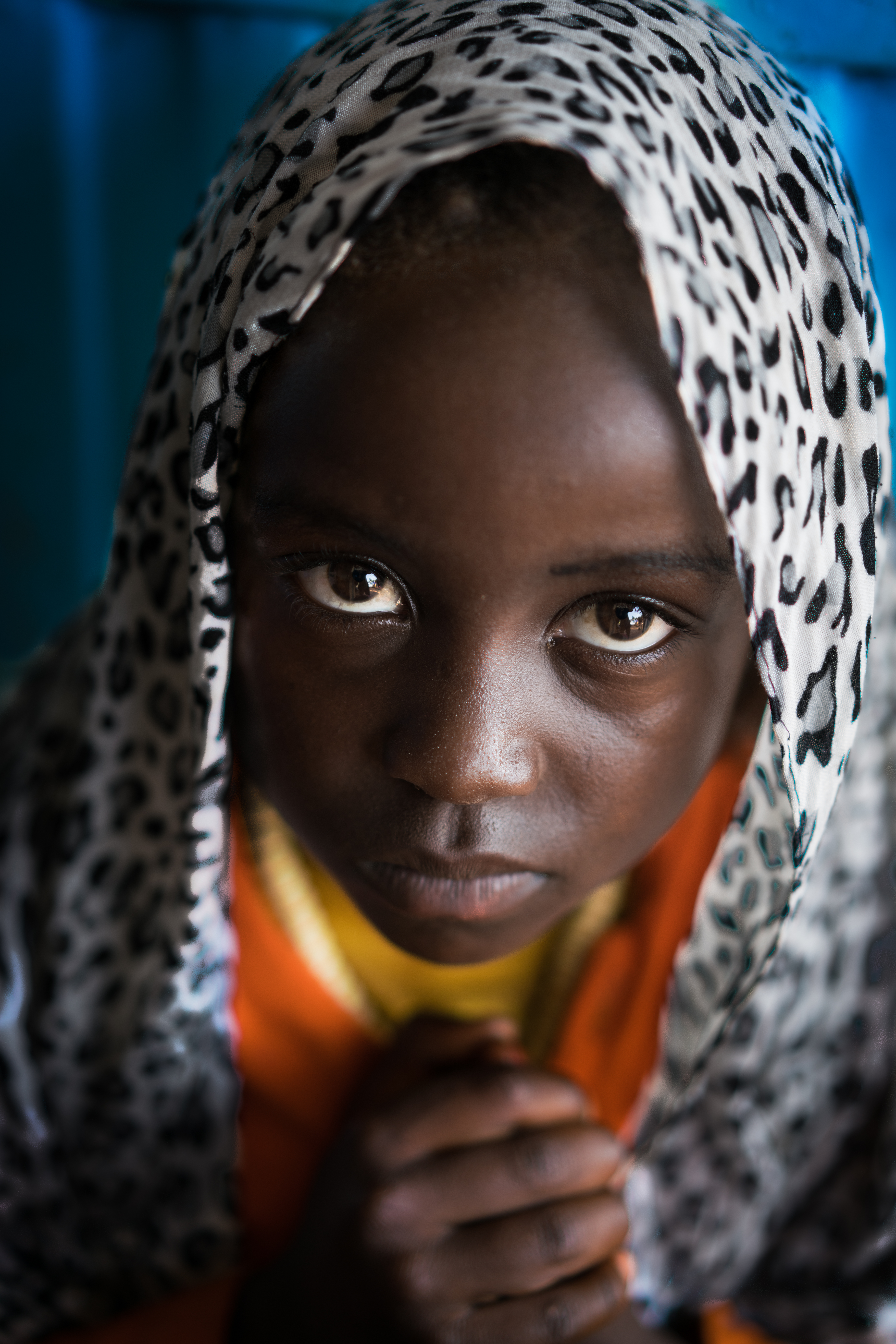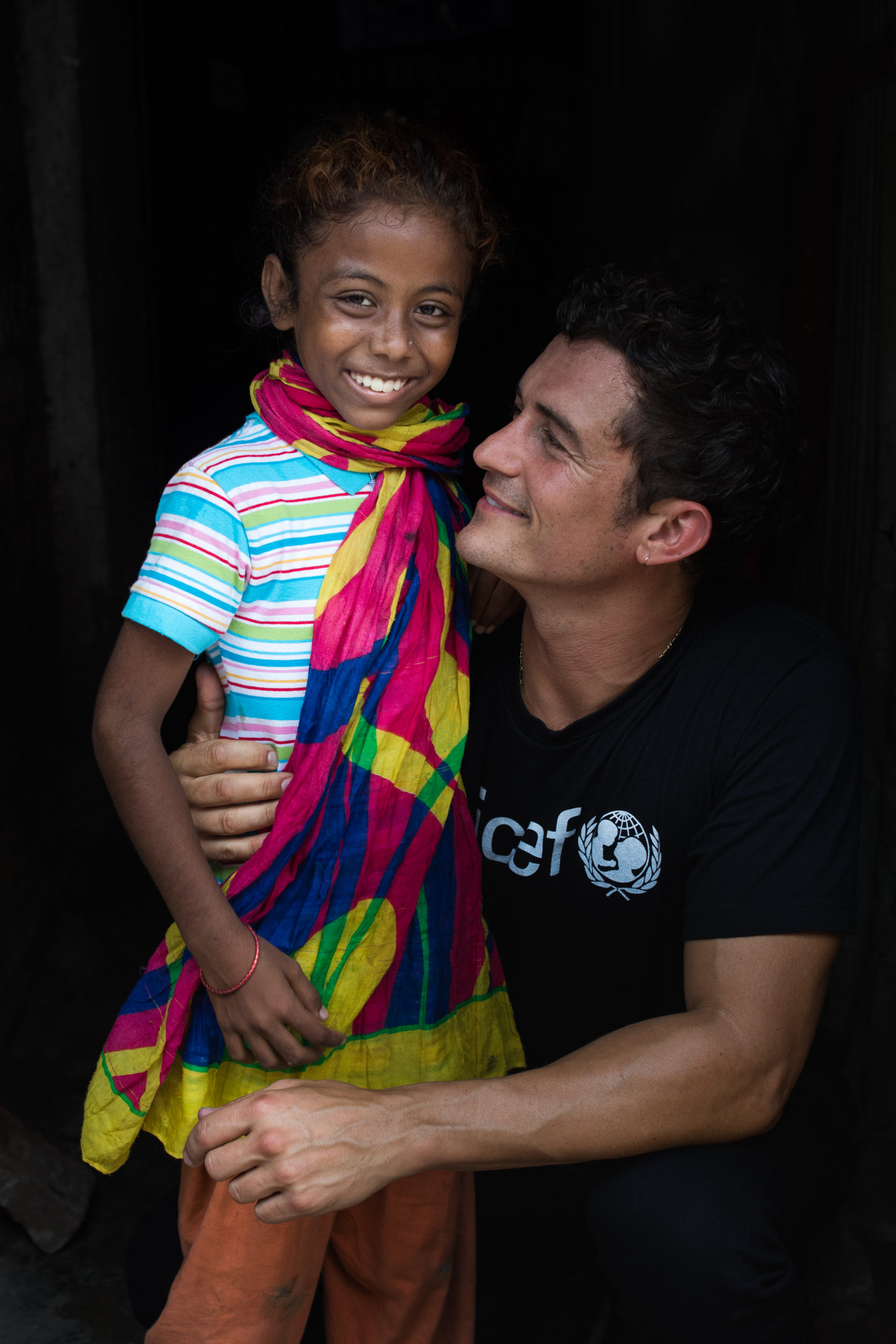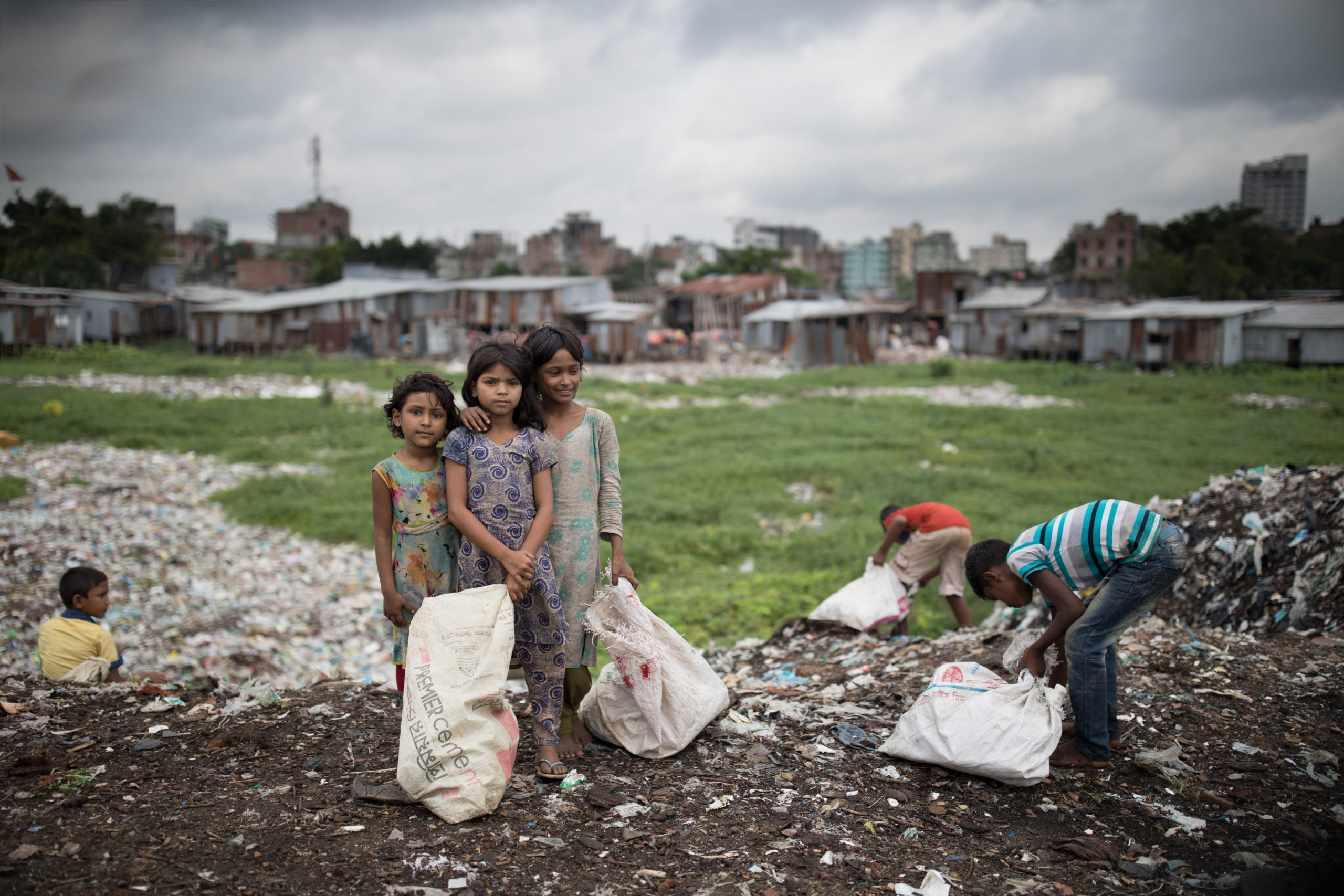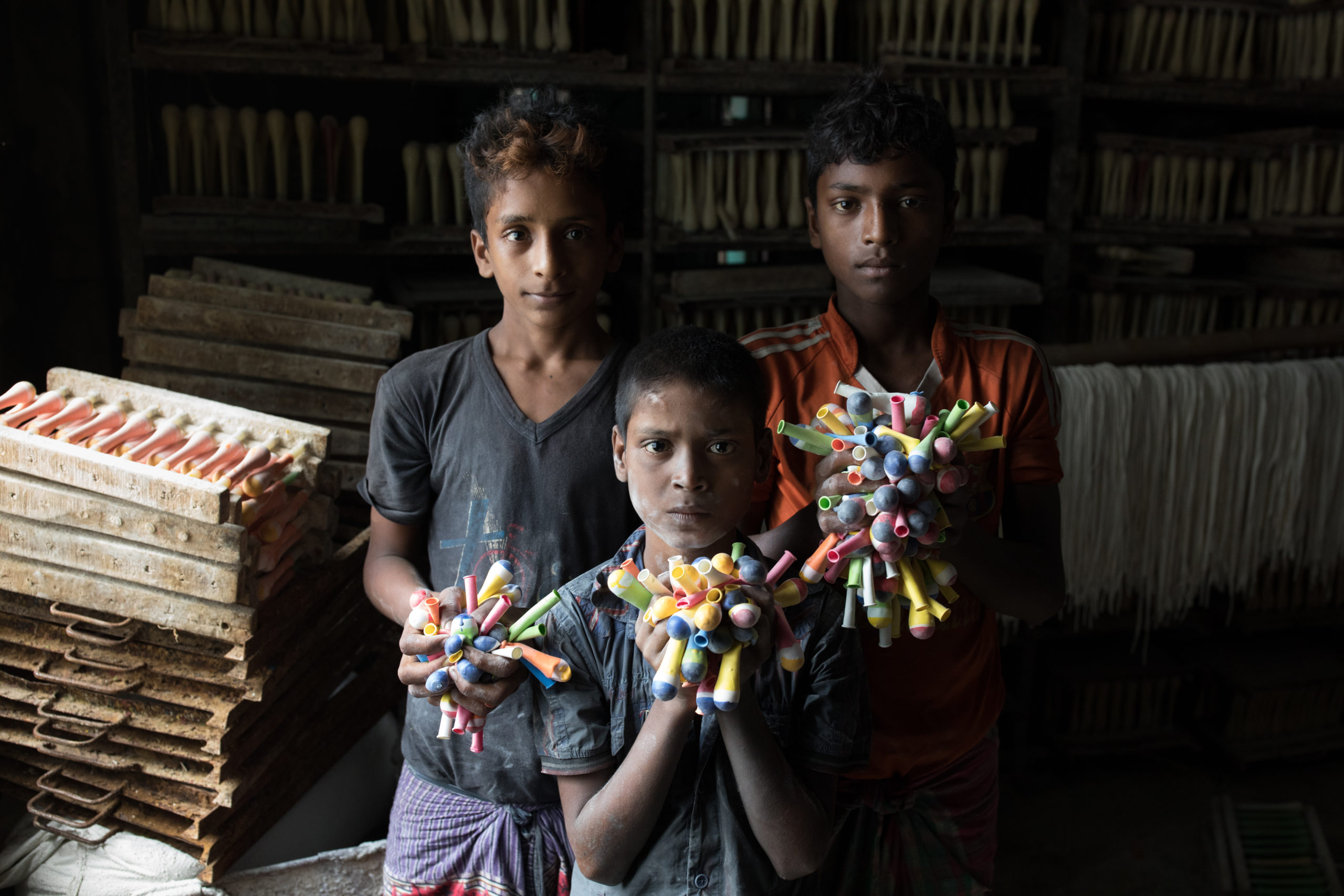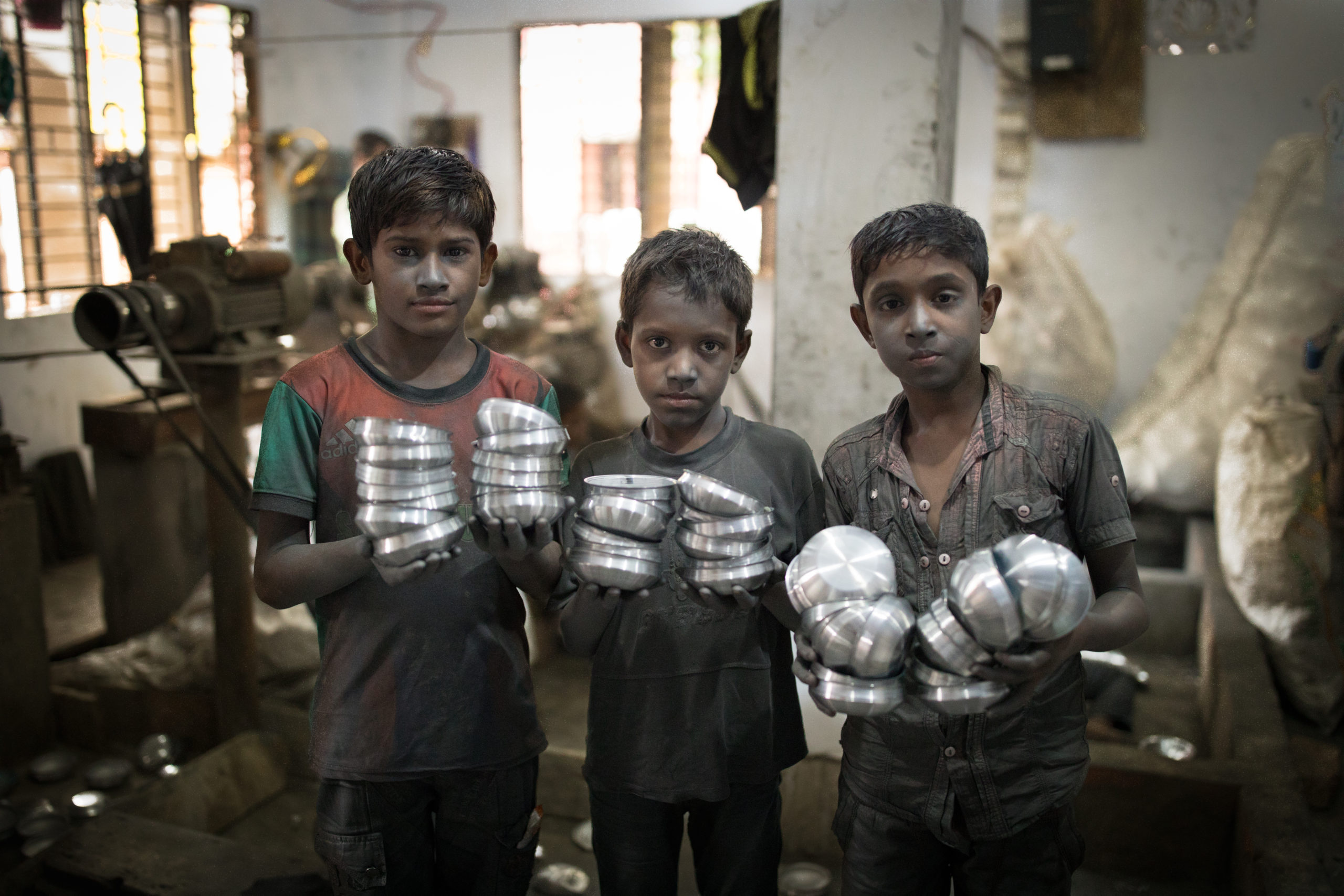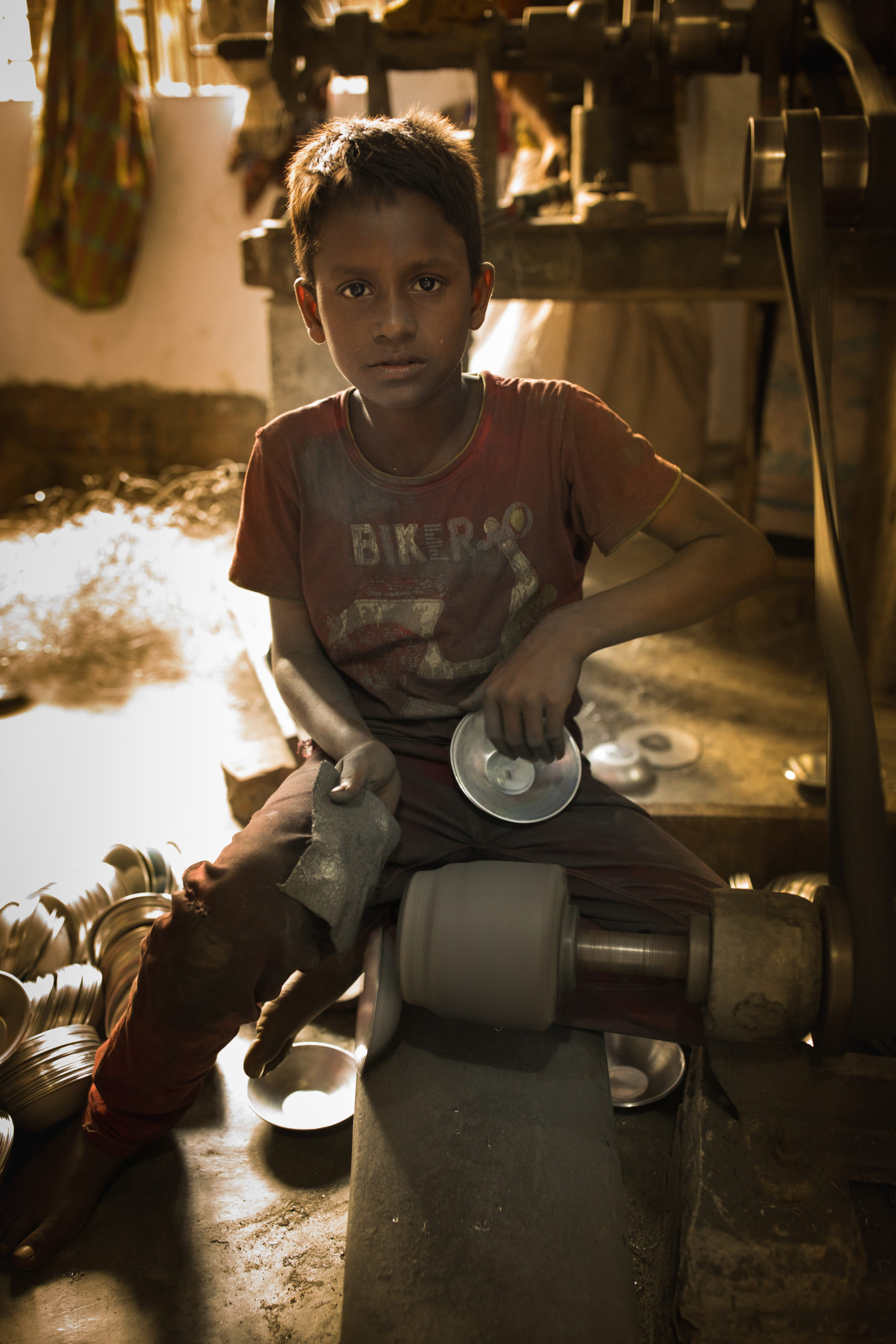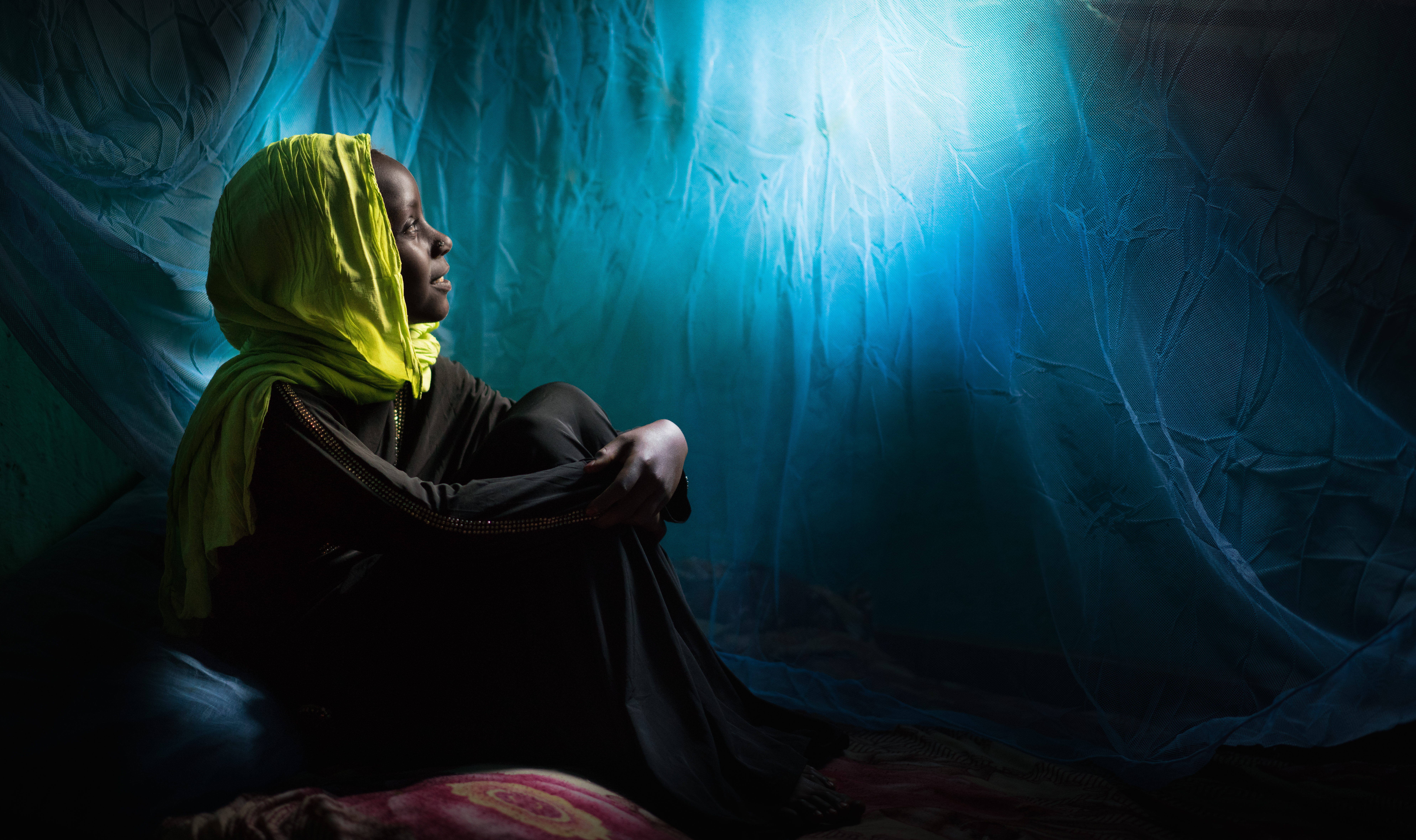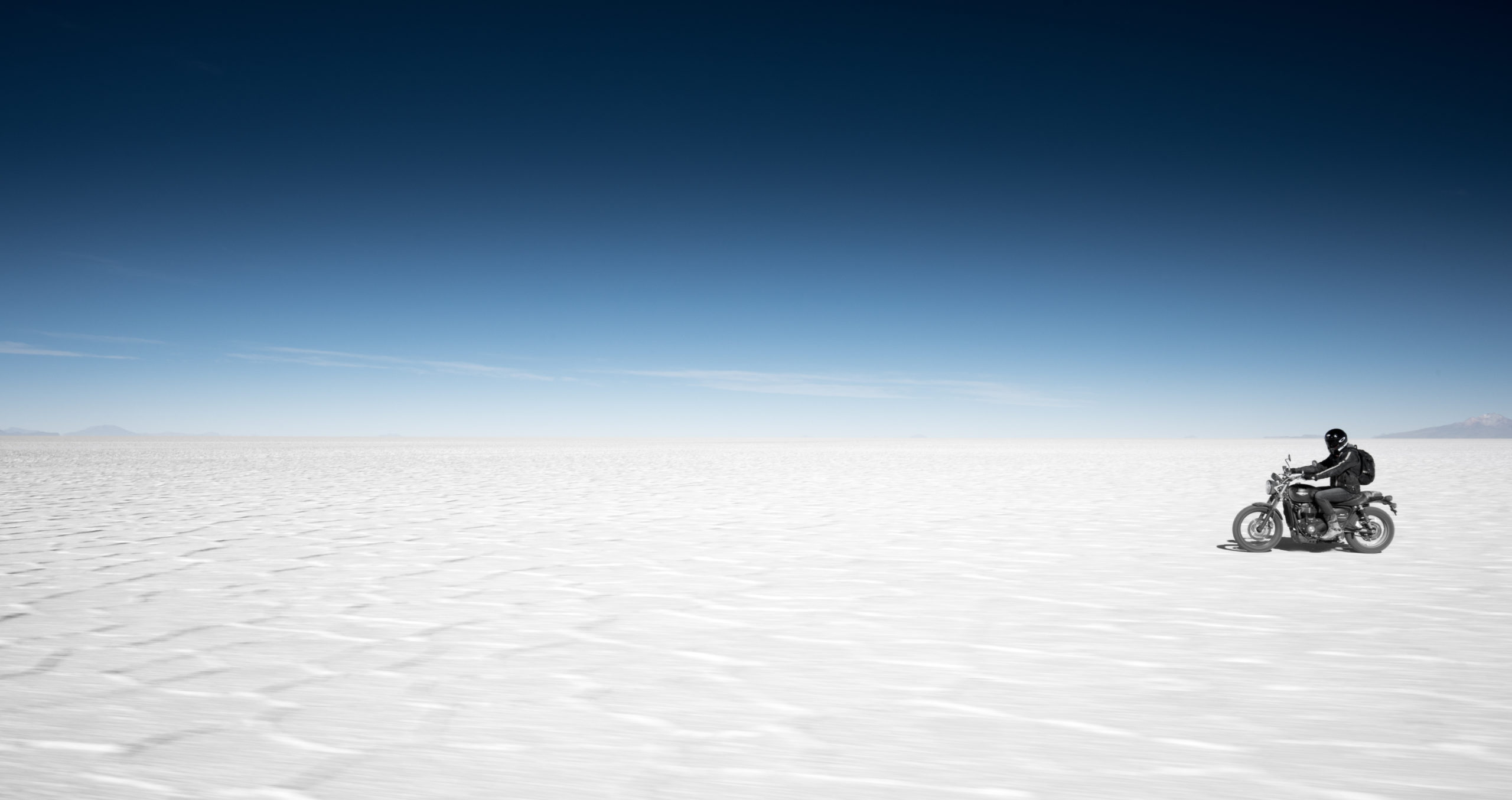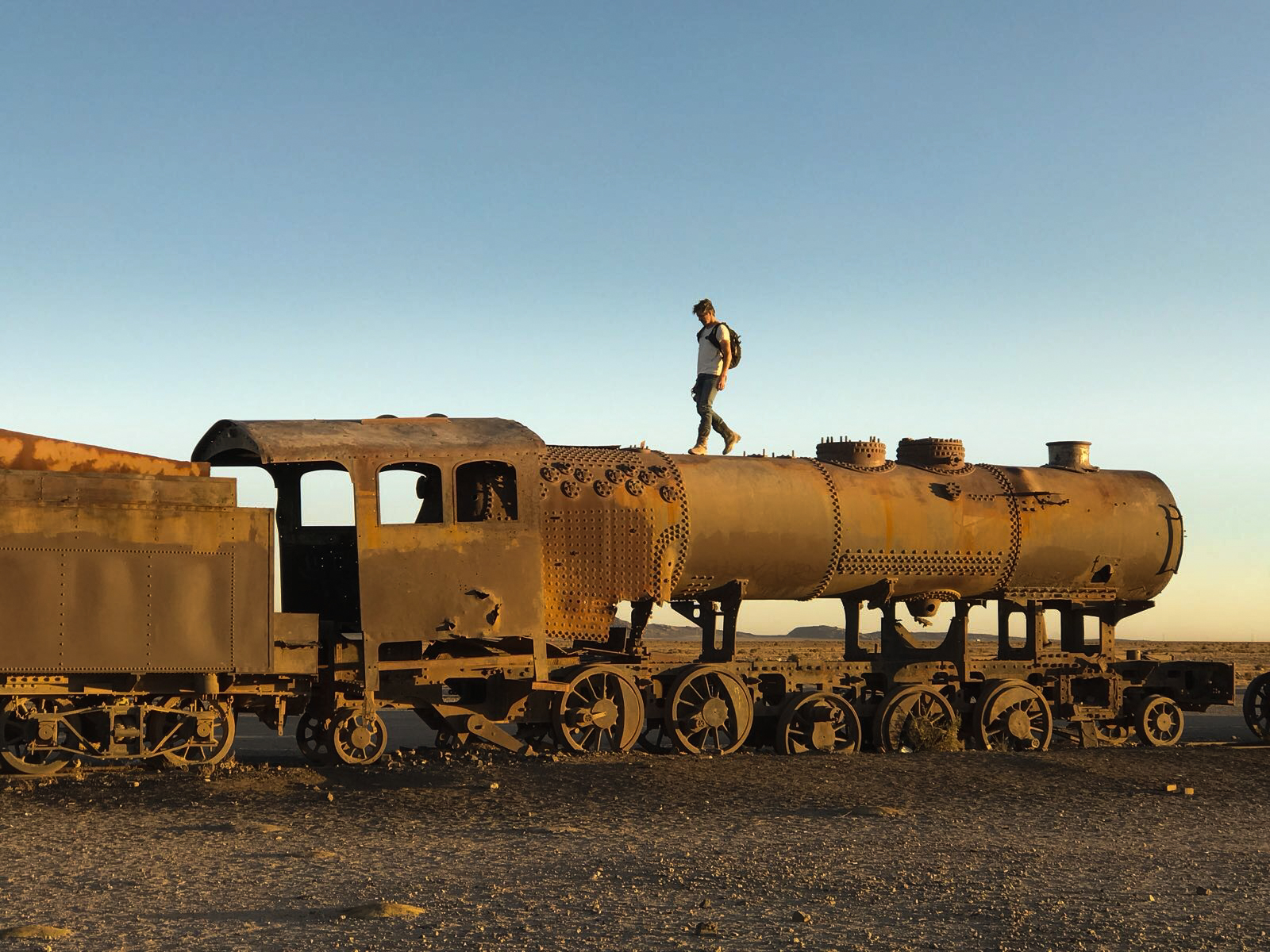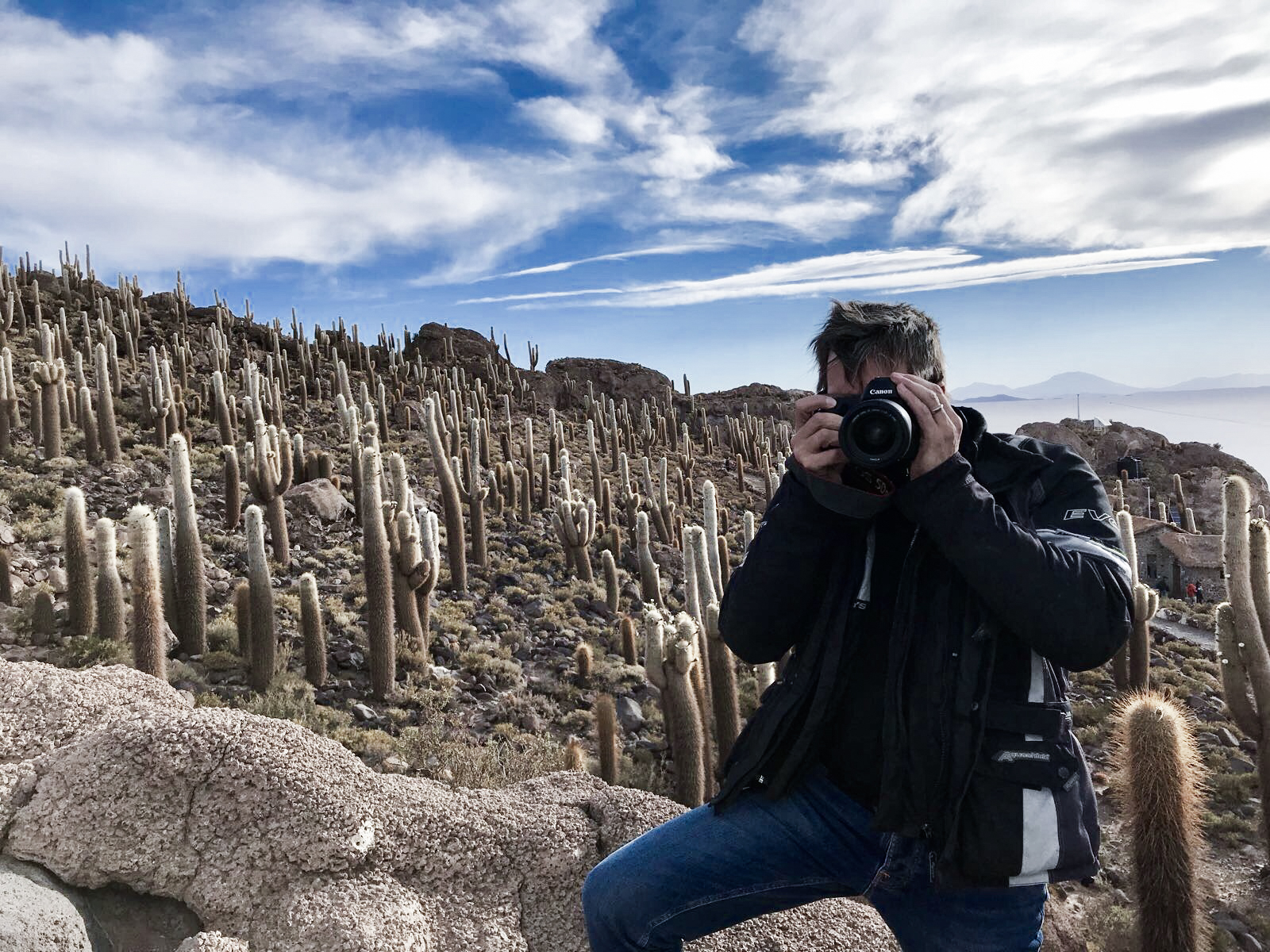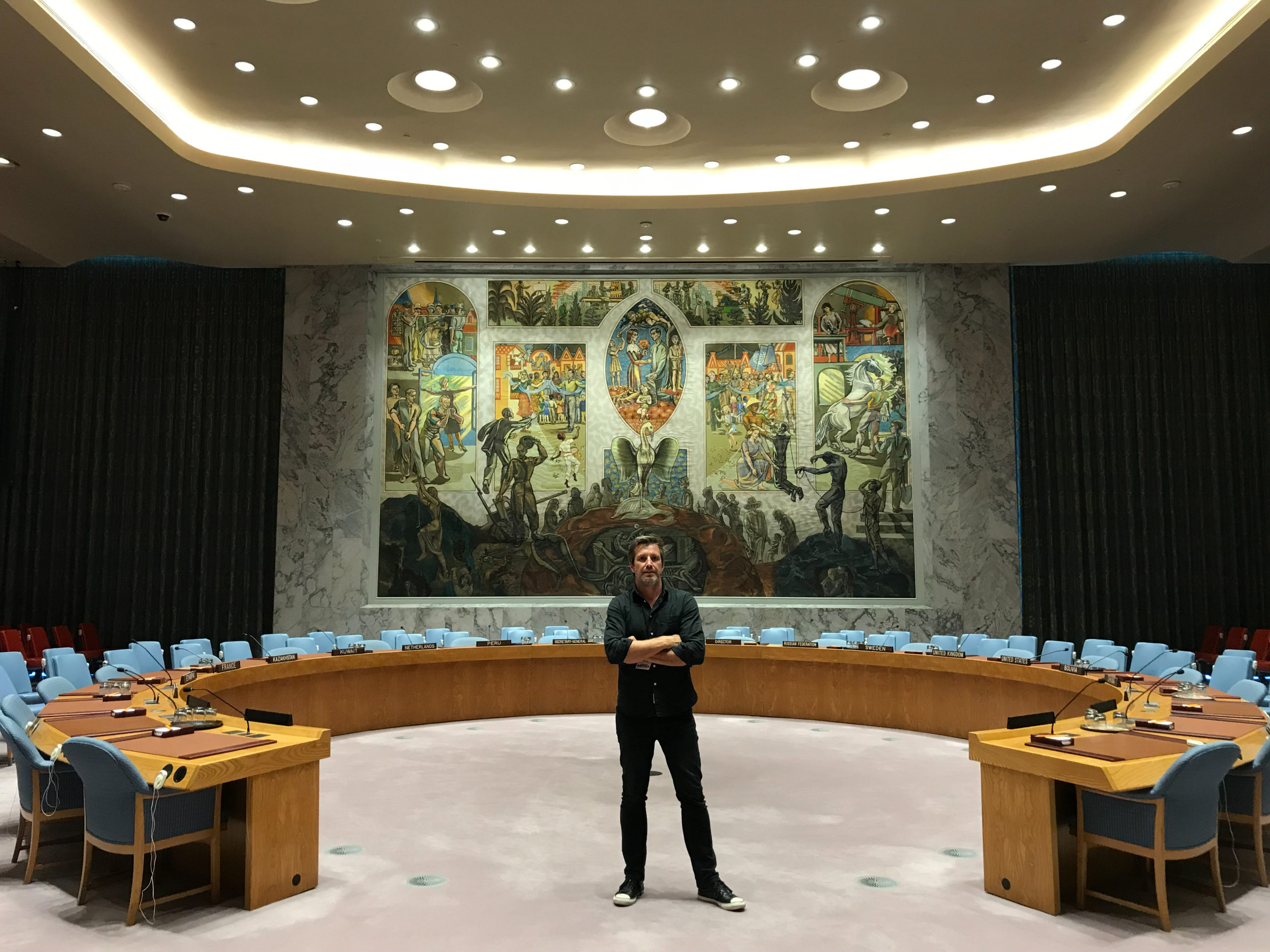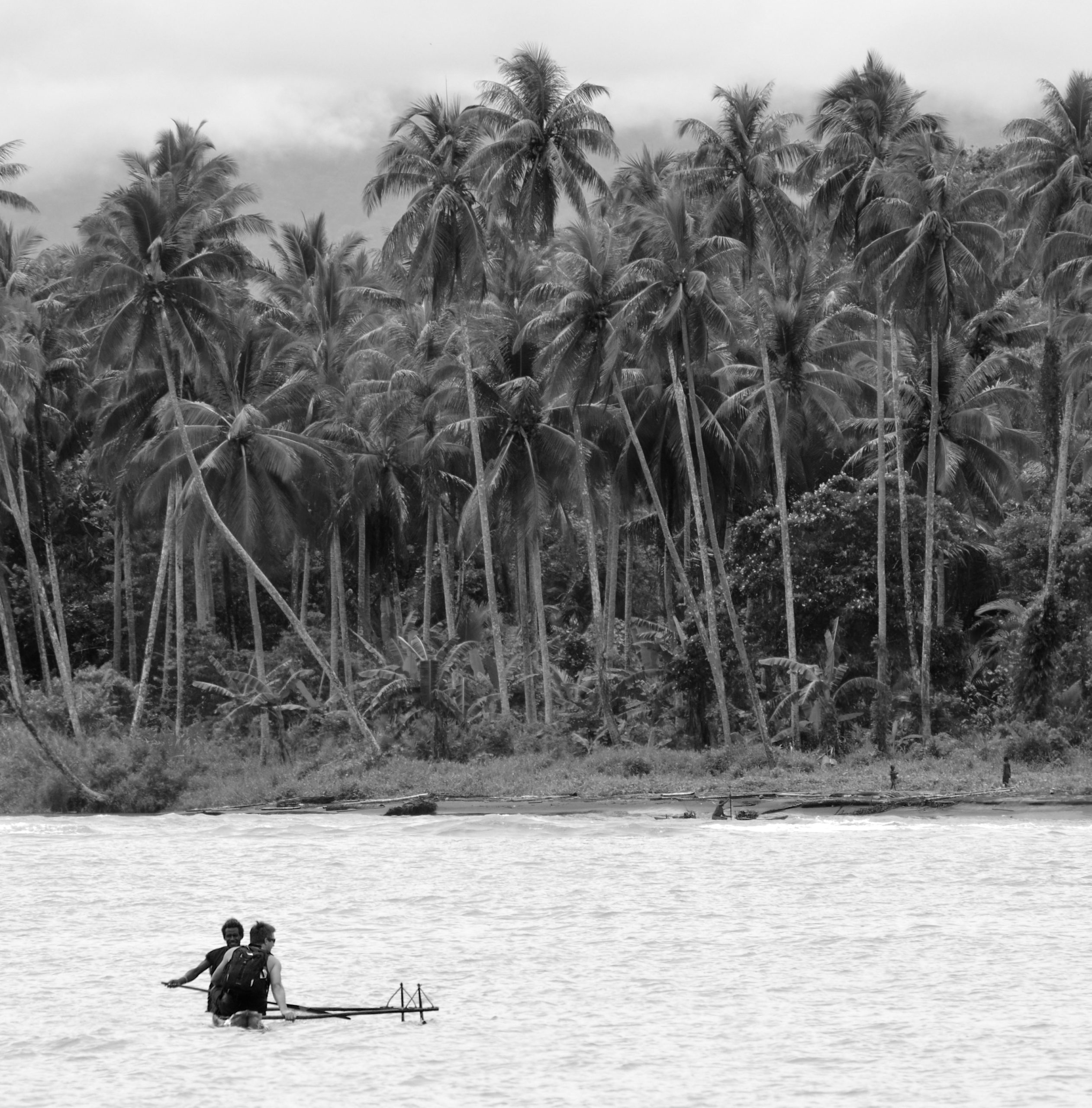
He leans in, eyes burning with passion as he recounts his experiences. I’m having lunch with Simon Lister, a photographer for UNICEF. His job sounds so simple—the press of a button on a camera releases a shutter and lets in light, forever preserving an image. That same action can now be performed by anyone on the planet with even the humblest smartphone.
Lister is well connected—Liam Neeson, Jackie Chan and Millie Bobby Brown have all been involved in his UNICEF projects. In his “day job” he runs Nylon Studios—a Sydney/Melbourne/New York soundtrack and music composition outfit. But what defines Lister isn’t a whole host of powerful friends, it’s how he uses a camera—an intricate mechanical system—to capture moments and share his experiences with the world.

His journey started with a passion for motorbikes. Lister was born and raised in New Zealand, forging a career in the sound industry with some of the country’s top studios. Photography was just a hobby in the background. “My dad was into photography and filming and he had cool cameras and I used to pick them up occasionally,” he tells me. But Lister soon found that it’s not what you have, but how you use it. A yearning desire for adventure eventually led him to take a risk and travel halfway around the world to ride motorbikes.
“I got to a point [with] work where I was making okay money, and it was allowing me to go off on trips for myself . . . I wanted to ride motorbikes and take photographs and do something with my hobbies.”
His passion for motorbikes came from growing up on a farm until 11 years of age. Those early experiences came in handy as he began exploring regions like India’s Rajasthan and the Himalayas on two wheels. As Lister’s trips and photography became more frequent, he caught the attention of large charity organisations, including World Vision. It was then that he was confronted with the uncomfortable—extreme poverty, hunger and death.
“I went to Bangladesh; I went to do stories with World Vision. . . . The [AIDS] outbreak had just happened and not many people even knew what was going on,” he recounts as he looks away in deep thought. “How do you deal with those things? Either you shut your eyes and close yourself up and walk away, or you walk on. And you immerse yourself in there more, because your heart tells you why. [The people there have] still got hearts; they’ve still got love and compassion.”
It was in the midst of squalor and suffering that Lister found his passion for portrait photography of children. The dynamics of his interactions with them were completely different than in Western countries. “There were so many people, and so many kids who would come up to you and hang out,” he tells me with a nostalgic grin. “It was a bit weird. They almost wanted their photos taken, especially the kids. You show them on the camera, and they get all excited.”
Lister had no prior training in photography, only an eye for detail. He soon found a style that brought attention to his subjects. “The main focus for me is to look into the eye—the eye staring straight back. Getting into the soul of the other person.” His photos soon caught the attention of others, and he found himself working for UNICEF as a photographer. One of his projects involved heading back to Bangladesh and capturing photographs with Hollywood leading man, Orlando Bloom. Together they witnessed kids living in slums, gathering rubbish from garbage dumps to earn a living and working in toxic balloon and aluminium factories. Both Lister and Bloom were horrified, but found solace in spirituality.
“He was a bit of a spiritual guy. We talked, and I talked about my faith and my religious views. He was quite open to it.” Faith was already a big part of Lister’s life. Knowing he would be physically and emotionally challenged by what he saw, he made sure that God was an integral part of his routine before he left for a trip. “I prepare myself either through prayer or just conditioning myself before the trip literally a month or two beforehand,” he tells me.
The reality of helplessness often crashed in on Lister. Unable to provide an immediate solution for the children, he realised that their lives were part of an impoverished system. “When you’re there you just can’t take the children out of that situation straight away, and just expect them to go to school. They’ve still got to eat that night. . . . But what UNICEF was doing—which was really cool—is the [kids would] go and work for 3–4 hours, then they’d go for education for 3–4 hours, then they’d go back to work.”
Lister’s images have already raised incredible awareness, being featured in places like Times Square and the Sydney Harbour Bridge. The film made during his Bangladesh trip has been screened by UNICEF all over the globe, and his adventure with Orlando Bloom was also documented in a Netflix “Tales by Light” episode. There’s no doubting the power of images; changing the world by bringing the faces and stories of children into people’s living rooms.
But to change the world, Lister first has a simple piece of advice: “As long as you feel safe about making that decision, and you feel told by God, you know, ‘go and do it’ and it’s in your heart and you feel ‘yes, this is definitely what I want to do.’ Absolutely. Take a risk.”
Lister has adopted conservationist John Muir’s motto as his own: “Of all paths you choose in life, make sure some of them are dirt.”
Daniel Kuberek is assistant editor of Signs of the Times. You find out more about Lister’s projects at http://www.simonlisterphotography.com/, and follow his photography Instagram, @scilista.


